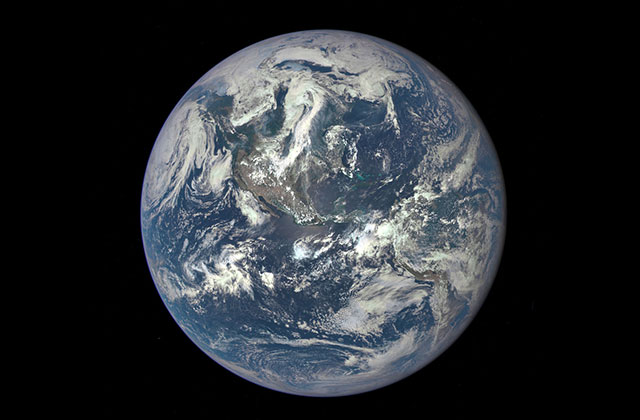Current climate model projections are showing true forecasts for what future warming on earth will look like, according to a study out yesterday (July 5) in the journal Science Advances.
Some scientists have raised doubts and skepticisms around the level of warming carbon emissions can cause, but this study shows that future warming might even be worse than what previous models have suggested.
The question posed was whether climate models were “overly sensitive,” as written in the study, and, if so, future global temperature rise should be less than previously projected (1.5 to 4.5 degrees Celsius). Some climate scientists have argued that the rise should be, at most, 3 degrees Celsius if researchers look at warming patterns over the last 200 years.
This latest study clarifies how warming occurs in different regions of the planet and includes that in its methodology. For example, the deep ocean experiences heating much more slowly than land in, for example, the northern hemisphere. Oceans warm up decades or even centuries after carbon enters the atmosphere. This slow heating, The Guardian reports, isn’t captured in historical temperature measurements given the delayed temperature increase.
“The hope was that climate sensitivity was lower and the earth is not going to warm as much,” said Cristian Proistosescu, a Harvard University scholar now at the University of Washington who led the new research, to The Guardian. “There was this wave of optimism.”
However, as InsideClimate News notes, climate deniers used this “wave of optimism” to further their agenda to debunk climate science. So while this study contradicts climate deniers, it also highlights the urgency of climate change: Models show that the temperature could rise by as much as 6 degrees Celsius if carbon emissions double, which is how scientists measure carbon dioxide’s influence on global temperature.
“The worrisome part is that all the models show there is an amplification of the amount of warming in the future,” Proistosescu said to The Guardian.
If countries don’t cut carbon emissions, temperatures may rise anywhere from 2.6 degrees to 4.8 degrees Celsius by the end of the century, according to a worst-case scenario by the Intergovernmental Panel on Climate Change. This level of increase would be devastating to global food production, especially in the world’s tropical and temperate regions. The United States will not be exlude and people of color living in the South and western states will bear disproporionate impacts.
